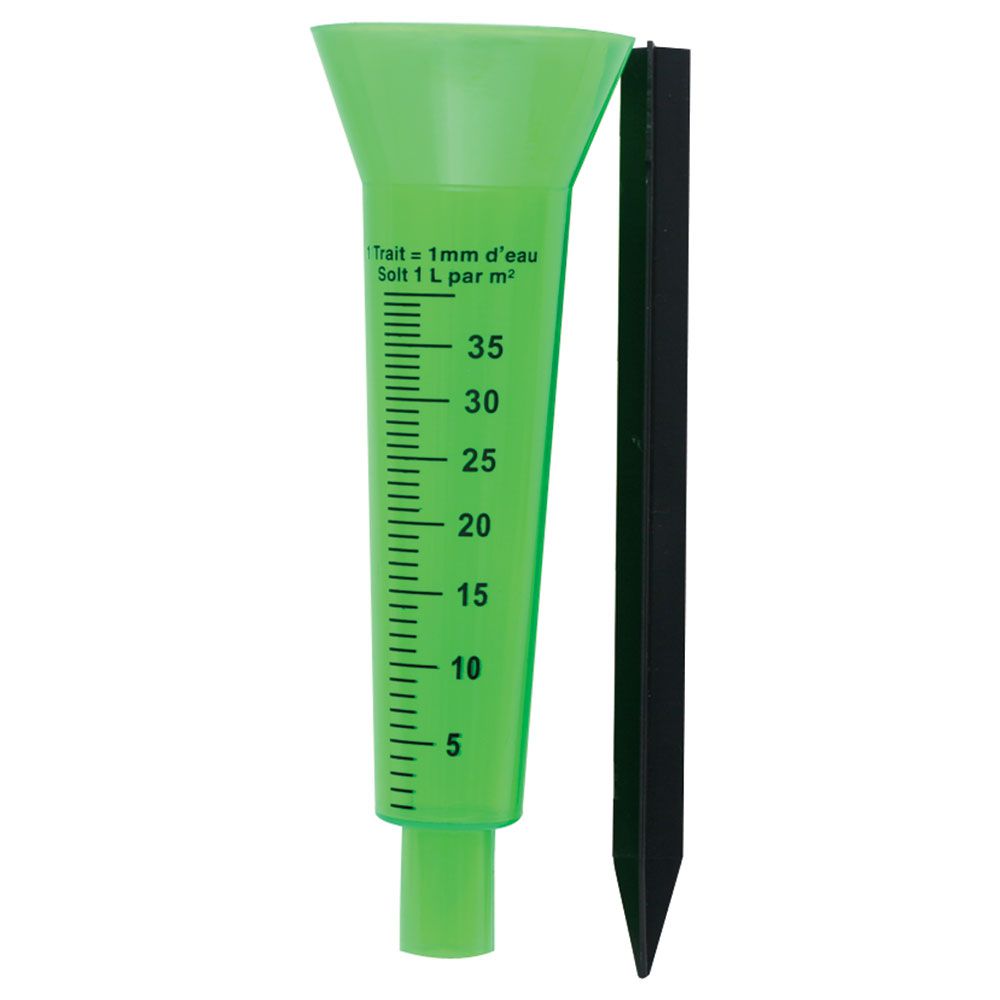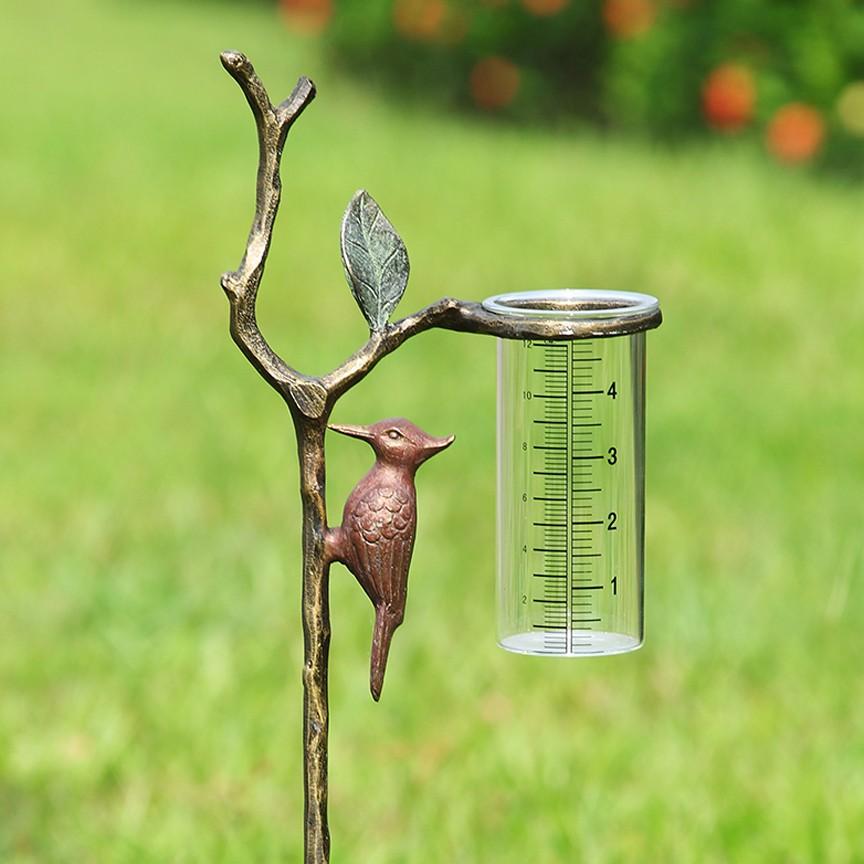Rain Gauge Acquiring Guide: What You Required to Know for Optimal Performance
Rain Gauge Acquiring Guide: What You Required to Know for Optimal Performance
Blog Article
Revealing the Scientific Research Behind Rainfall Evaluates: Exactly How These Gadgets Play a Vital Duty in Climate Research and Ecological Monitoring
Rainfall determines, apparently simple gadgets, hold a profound importance in the world of climate research and environmental tracking. These plain instruments quietly accumulate among nature's most important aspects-- rainfall. Yet, behind their plain facade lies a complicated scientific research that is indispensable for comprehending the characteristics of our setting. As we peel off back the layers of this scientific veil surrounding rainfall gauges, we reveal a world where accuracy, information accuracy, and precise observation merge to unveil a much deeper understanding of our altering climate and its influence on the world.
Significance of Rainfall Scales
Rain gauges play an indispensable duty in surveillance and determining rainfall levels, providing necessary data for climate research and evaluation. These devices are fundamental in measuring the amount of rainfall that happens in a certain location over a particular period. By gauging and accumulating rain, rain gauges offer important understandings right into the distribution and strength of rainfall, aiding meteorologists, hydrologists, and climatologists in understanding weather patterns and fads.
One of the essential reasons that rain assesses are critical is their capability to give local and exact data. Unlike satellite or radar-based dimensions, which offer more comprehensive observations, rainfall assesses offer specific details details to the place where they are placed. This local information is essential for various applications, consisting of flood projecting, dry spell surveillance, and water resource management. In addition, lasting data gathered from rain evaluates aids in assessing climate modification influences and patterns, adding dramatically to scientific research and decision-making processes. Essentially, rainfall evaluates work as important devices in the field of meteorology and ecological science, playing an important duty beforehand our understanding of weather condition and environment dynamics.
Kinds Of Rainfall Gauges

Functionality and Operation
In the world of environment research and meteorological researches, the effectiveness of rain determines lies in their elaborate functionality and specific functional systems. Rain evaluates are designed to precisely gauge the quantity of rainfall that drops over a certain area during a set duration.
The capability of rain determines is based on the concept of determining and collecting rain in a standard manner. This accumulated information is vital for recognizing regional climate patterns, tracking long-term climate patterns, and examining ecological impacts. To make certain exact dimensions, rainfall evaluates demand to be tactically placed in open locations far from blockages such as structures or trees that could disrupt the collection process.
The functional element of rainfall determines includes regular maintenance to avoid particles buildup, calibration checks to keep measurement precision, and information taping for evaluation (rain gauge). Generally, the functionality and procedure of rain assesses are vital for gathering reputable rainfall data crucial to environment research study and ecological monitoring
Function in Environment Research Study
Provided the critical value of accurate precipitation measurements in understanding climate patterns and ecological influences, the role of rainfall determines in climate research is crucial. Rainfall evaluates supply essential data for environment research study by quantifying the amount of rainfall that tips over a certain area during a provided period. This data is essential for checking long-term patterns in rainfall patterns, examining the influence of environment change on rainfall distribution, and enhancing climate versions.

Environment scientists make use of data gathered from rain determines this hyperlink to assess variants in precipitation degrees, recognize regional environment fads, and review the effectiveness of water source administration techniques. By contrasting historic rainfall information with present dimensions, scientists can identify shifts in precipitation patterns, such as modifications in the regularity or strength of rainfall occasions. This information is vital for recognizing how environment adjustment is influencing rainfall characteristics and can assist policymakers make notified choices relating to adaptation and reduction techniques.
Applications in Environmental Surveillance

In flood forecasting, rain gauge information helps to track rainfall strength and circulation, allowing authorities to release timely cautions and take required measures to alleviate flooding threats (rain gauge). Dry spell surveillance depends on rainfall gauge data to assess dampness degrees in the soil and track precipitation deficits, assisting in the identification of drought-prone areas and the execution of dry spell action methods
Additionally, rain gauge data plays an essential function in water resource administration by offering information on water availability and usage patterns. This information is utilized to make enlightened decisions concerning water allocation, preservation measures, and sustainable water source planning. Additionally, in agriculture, rainfall gauge information assists farmers in optimizing irrigation timetables, plant choice, and overall farm management methods based upon neighborhood rainfall patterns. On the whole, rainfall evaluates are vital devices in ecological tracking, using important understandings that contribute to informed decision-making and lasting resource administration.
Final Thought
To conclude, rain gauges are vital devices for gauging precipitation, offering valuable information for environment research study and environmental tracking. With numerous types and capabilities, rain assesses play a vital role in recognizing precipitation patterns and their effect on the setting. By accurately measuring rainfall, these gadgets contribute to the improvement of clinical expertise and help in making educated decisions relevant to water resource administration and calamity preparedness.
Rain gauges play a vital function in surveillance and determining precipitation levels, giving crucial information for environment research and evaluation. The typical rainfall scale, recognized as the "tipping bucket" scale, is one of the most generally utilized gadgets. Ultrasonic rainfall determines usage noise waves to identify the presence of rain, offering real-time information on precipitation degrees.Climate scientists make use of data accumulated from rain Visit Website evaluates to analyze variations in rainfall degrees, identify regional climate patterns, and assess the useful link performance of water resource monitoring methods.In conclusion, rainfall gauges are essential tools for determining precipitation, providing beneficial data for climate study and ecological surveillance.
Report this page